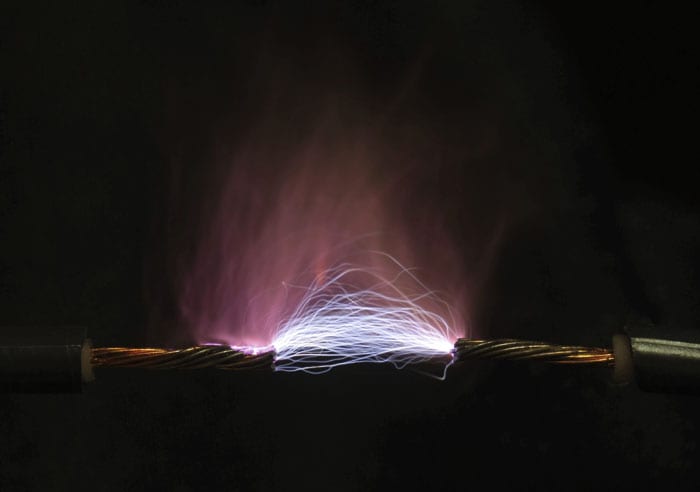Networks meet to review major outage
Transmission and distribution leaders have gathered for an initial review of the circumstances which led to a major power outage across large parts of the UK power grid.
10th August 2019 by Networks

The power cut, which took place on the evening of Friday 9 August, effected around 1 million customers and was caused when two major generators disconnected from the transmission system, causing frequency to drop to less than 49 hertz.
The two generators involved are believed to have been the Little Barford gas-fired plant and the Hornsea offshore wind farm.
National Grid restored power supplies in under an hour, however all six distribution networks suffered knock on effects and the subsequent disruption to consumers was widespread. Indeed disruption to the rail network was ongoing in some regions at the time of writing.
The incident has triggered Ofgem to demand a detailed report on the failure from National Grid and Network understands that a meeting has been convened involving all of the distribution networks and National Grid today (10 August) to review early insights into the circumstances which caused the outage.
Depending on what industry leaders report, Ofgem has warned that “enforcement action” may be taken.
Speaking to the BBC this morning, National Grid ESO operations director Duncan Burt acknowledged the “immense disruption” caused to consumers, but added that recovery process had “worked well” in the “incredibly rare” circumstances involved.
Burt was also swift to play down suggestions that intermittent wind generation was to blame for the failure, saying the event had “nothing to do with changes in wind speed or the variability of wind”. He also assured it was not due to any “malicious intent” such as a cyber attack.
Further news about the causes and lessons learned from the event is expected soon.
Comments
Login on register to comment
Related content

Gas
Cadent backs launch of major bio-CNG HGV refuelling station
Gas network’s £250,000 infrastructure investment ensures supplies to existing connected customers have not been impacted

Gas
Editor’s blog: The biggest tests of resilience are yet to come
Network content director Jane Gray reflects on the industry's coronavirus response to date and the challenges still to come.

Gas
From the front line: Chris Garside and Andy Simcoe, Northern Gas Networks
Key workers across the power and gas networks are playing a critical role in the national response to Coronavirus. Network has committed to profiling their stories.
Related supplier content
![‘Learning by doing’ on the road to net zero [test product]](https://networksonline.s3.amazonaws.com/products/images/3.jpg)
People & Skills
‘Learning by doing’ on the road to net zero [test product]
DSO director Andrew Roper discusses 'Learning by doing'

Power
Load patterns and lockdown: how Covid-19 is impacting electricity networks
Insights into dynamics on the low voltage network as the outbreak unfolds

Downloads
Protect electrical equipment from insulation failure
Insulation faults are a major cause leading to the eventual failure of electrical equipment. Partial discharge (PD) is a very reliable indicator of developing insulation faults. Regular PD testing allows users to detect and analyze PD activity